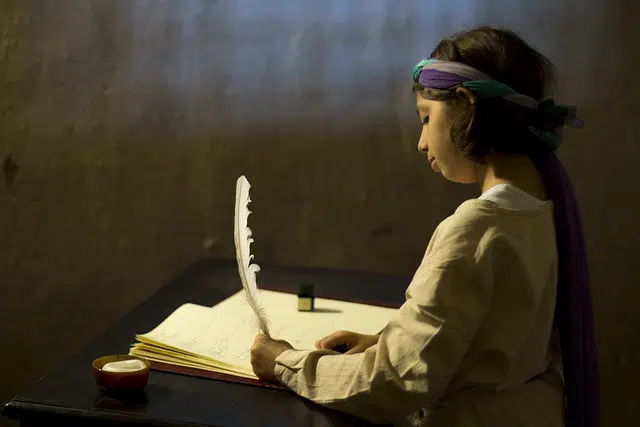
The sinalefa is linked to the meter of a poem.
Sinalefa is a notion that derives from the Latin sinaloepha , which in turn comes from a Greek word. That Greek word is none other than “synaloiphé”, which is the result of the sum of two clearly delimited components such as these: “syn”, which can be translated as “with”, and “aleiphein”, which is synonymous with “to spread”. .
The term allows us to name the union that is formed when one word ends in a vowel and the next also begins with a vowel: in this way, the last syllable of the first word and the first syllable of the second word are linked in the pronunciation .
The sinalefa and the metric
The sinalefa is taken into account in the field of meter when writing poetry . When metrical syllables are computed, the sinalepha causes two syllables to be taken as a single syllabic structure . In this way, the number of syllables in the verse is “reduced” and the structure of the poem is adjusted to this reality.
It is important to keep in mind that the syllable separation of prose differs from the syllabic distinction made in verse. What the synalefa does is link two structures that, in prose, are considered different syllables, while in verse they are joined by meter.

In the field of poetry, the sinalefa links two structures that, in prose, would be taken as different syllables.
An example
Let's look at an example to understand this concept. The expression: “I was lost in the field” has twelve syllables: me – en – con – tra – ba – per – di – do – en – el – campo – po .
However, the sinalefa means that, as for metric syllables, the expression has only ten syllables: meen – con – tra – ba – per – di – doen – el – camp – po . This is because the sinalefa joins “me” with “en” ( “meen” ) and “do” with “en” ( “doen” ). “I was lost in the field” , therefore, it has two sinalefas.
Interesting facts about sinalefa
In addition to everything stated so far about the sinalefa, it is worth knowing other data of great interest about it, such as the following:
-It is interesting to know that the authors of poetry are often the ones who make the decision, although all the circumstances are in place for it to exist, not to create any synalefa. This is a decision that is popularly known as poetic license.
-It is considered that, to a certain extent, it meets rules very similar to those used when we are talking about diphthongs and tripthongs. And, at the end of the day, in all these cases what is done is to determine vowels that are pronounced in a single stroke of voice.
-It is established that a synalepha cannot be formed when one of the two vowels is stressed. In the same way, it should never be created if the two vowels are stressed.
-You have to know that there is what is called multiple sinalefa, which is when three or more vowels that belong to two or more words merge in the same syllable. As a general rule, in the center of that syllable there will be a strong vowel and the weak ones are those that will be before and after it.
